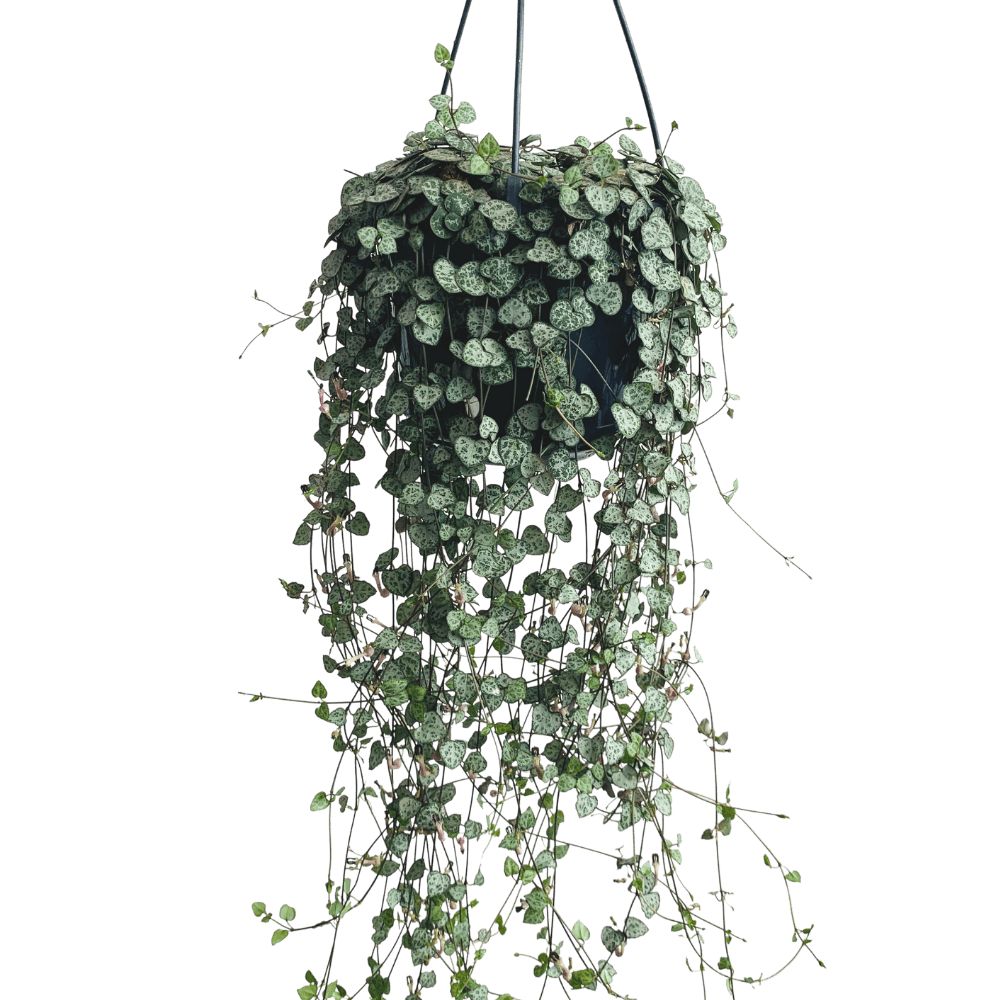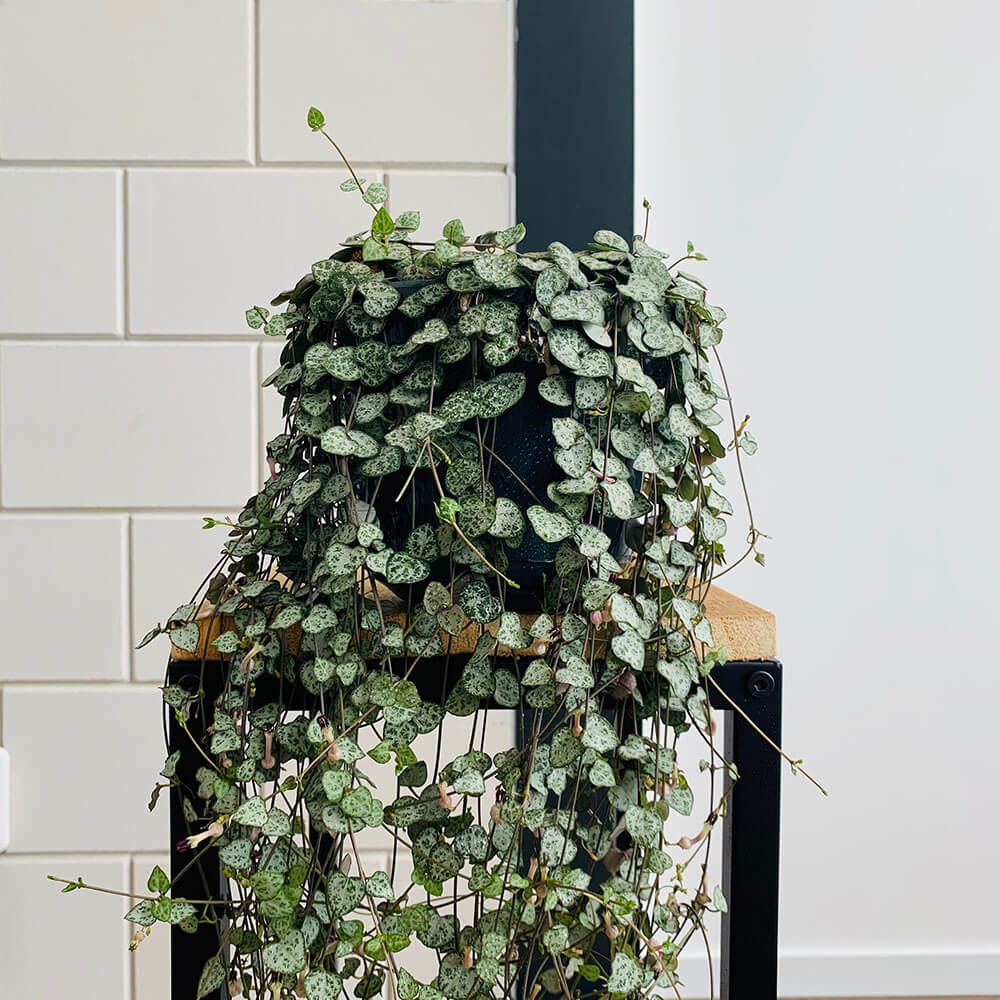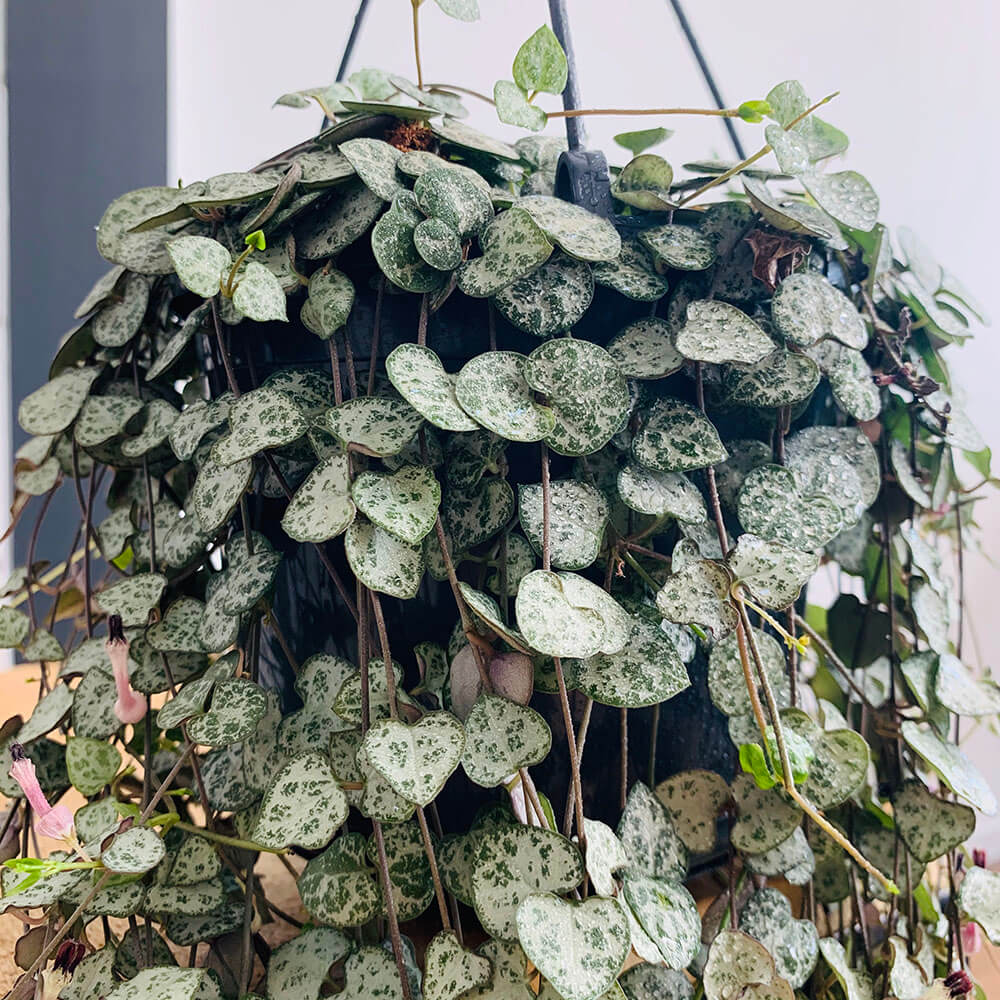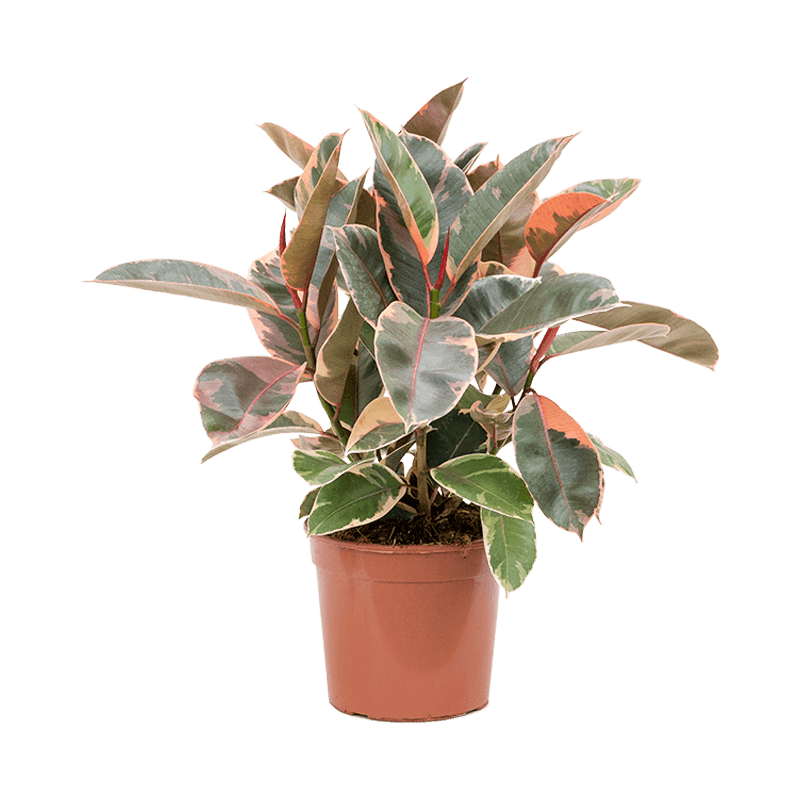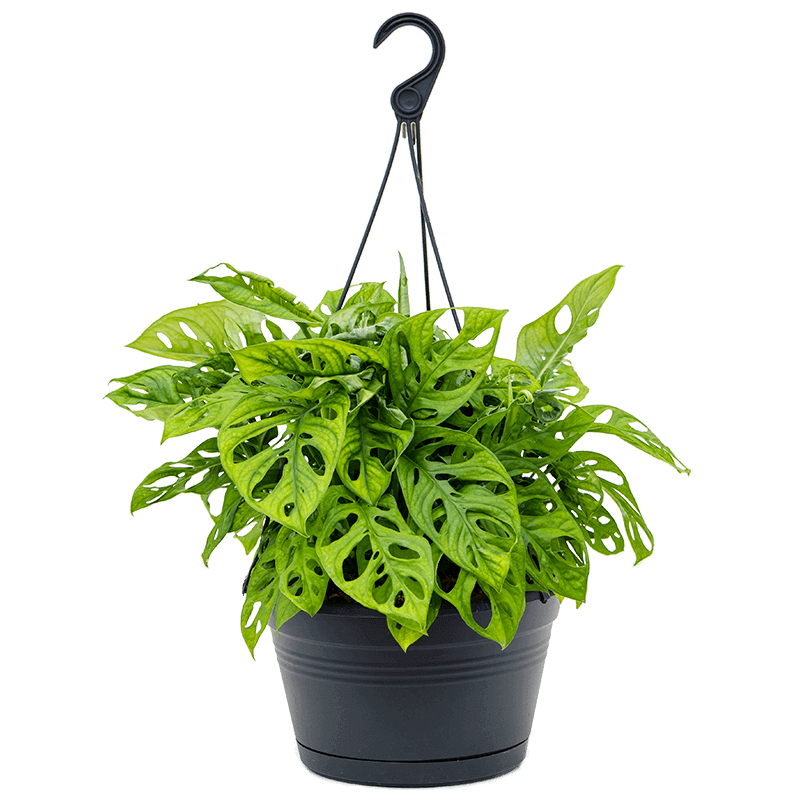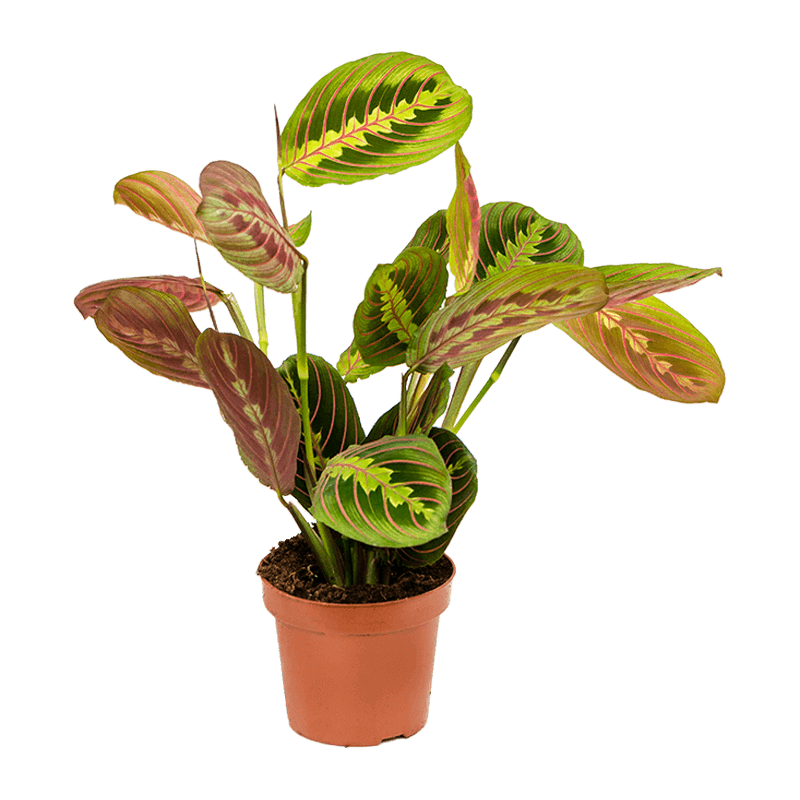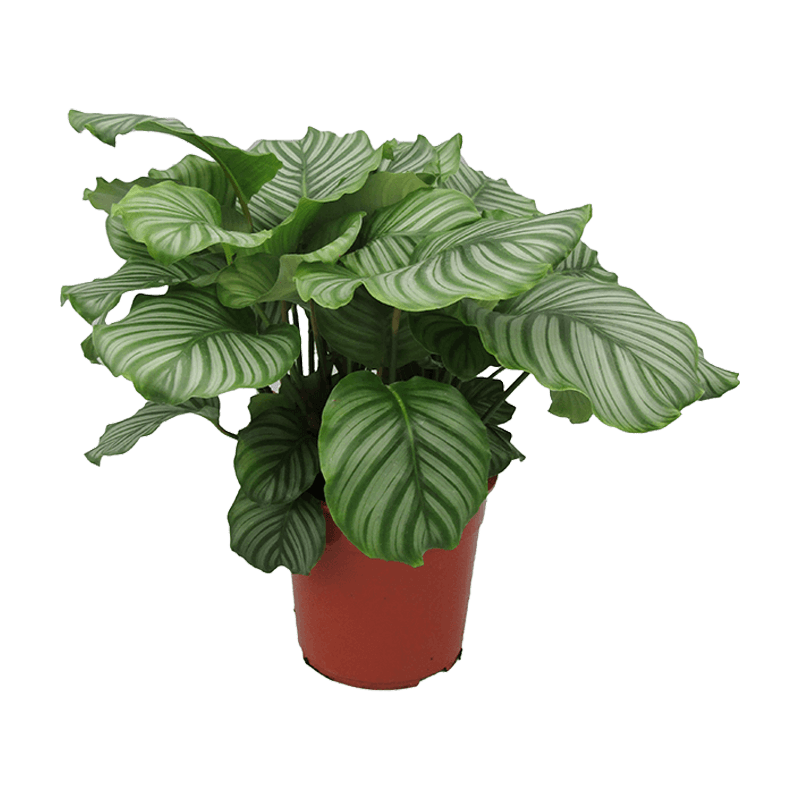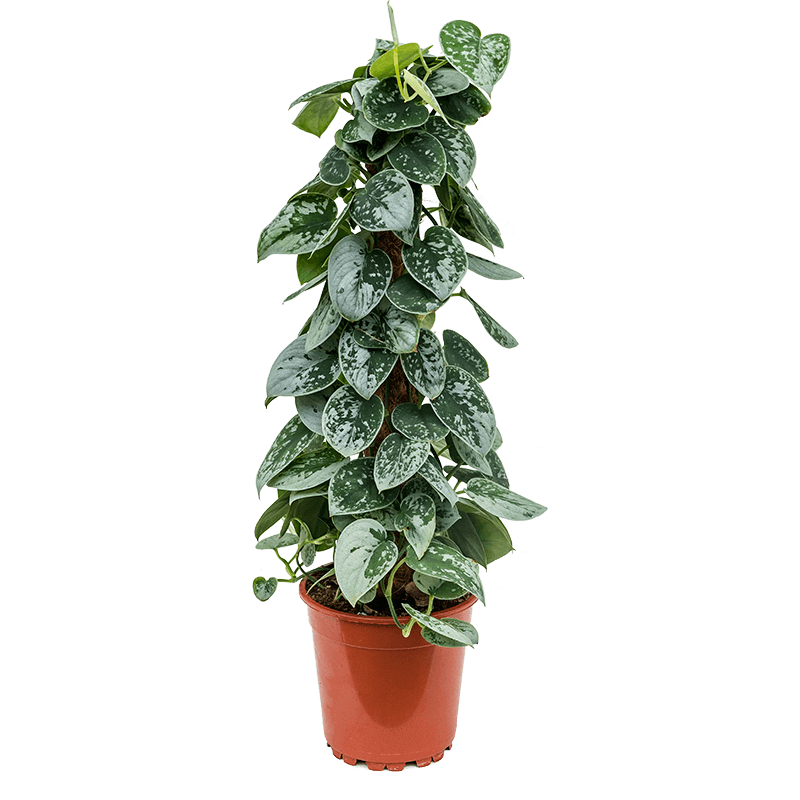how to care for ceropegia woodii ‘string of hearts’
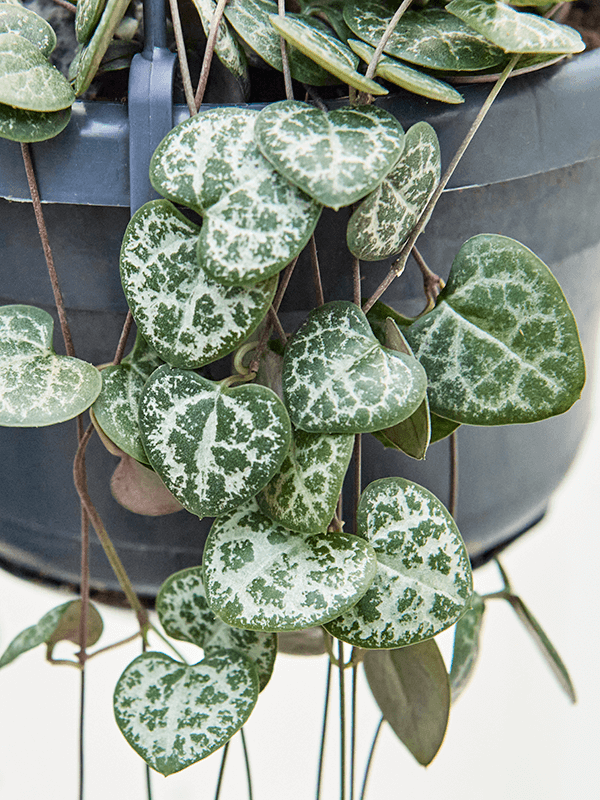
quick care guide for ceropegia woodii
 |
Every 2-3 weeks in summer; once a month in winter |
 |
Does best in bright indirect light |
 |
Fertilize once a month during growing season |
 |
Pet friendly |
 |
Doesn’t do much in terms of air purification |
This one-of-a-kind trailing plant stands out through its delicate stems with heart-shaped leaves. It is the perfect choice for a beginner as it requires little watering to grow and it does need a huge pot to grow since the better part of is out there hanging. It can spread to as far as 2 meters on the lower end and to 4 meters maximum. The leaves can take on a shade of green depending on the amount of light available. Under sufficient light exposure, they are deep green and turn pale in low light conditions. Your sweetheart vine will be happy if you are growing it in a hanging basket.
detailed care guide for ceropegia
Scientific Name: Ceropegia Woodii also known as String of Hears, Rosary Vine and Sweetheart Vine
Origin: South Africa, Swaziland and Zimbabwe
Light: Bright indirect light – the ceropegia is very similar to a succulent so a spot in a south-facing window is preferred
Water: It doesn’t require frequent watering as it enjoys more dry soil than wet soil. Water only when the soil appears to be considerably dry (60% down the pot). It is susceptible to root rot, therefore try not to overwater it.
Soil: Well-drained, fertile soil. Thrives in well-drained cactus potting mixes or succulent potting mixes.
Temperature: 21ºC – 29 ºC. Will struggle at temperatures below 19 ºC.
Fertilizer: Infrequent fertilization with a half-diluted fertilizers. Fertilize once a month during growing season (May-August). Do not fertilize during winter.
Humidity: She does fine in average household humidity (40-50%)
Pruning: Necessary only to control the length of the vines.
Re-Potting: Doesn’t require frequent repotting, she enjoys being root bound. Once every few years is plenty.
Propagation: Generally propagated by stem cuttings – cuttings with at least two internodes on them or the tubers that form along the stem. Cuttings can initially be sat in water where the roots will form. Once the roots have formed, transplant into the potting medium.
Diseases and Pests: Susceptible to root rot. Pests likely to attack are aphids, mealybugs, and scale.
Toxicity: Non-toxic to humans or animals.
ceropegia woodii origins & overview
The living jewelry string of hearts is known as Ceropegia woodii in botanical circles and it is one of the many species in the genus Ceropegia that are grown as ornamental houseplants. It is endemic to the southern parts of Africa, growing in the wilds of Swaziland, Zimbabwe and South Africa and its name was given to describe the appearance of the flowers as fountains.
Not difficult to take care of, once you get the hang of it, String of Hearts Succulent is one of the most tolerant houseplants. It is a very friendly plant to anyone, even to beginners. It doesn’t require frequent watering and it loves to spend her time in bright spots. It brightens up every household with its beauty by requiring little effort.
ceropegia woodii ‘string of hearts’ light requirements
The String of Hearts is a light lover and likes to receive plenty of it. So be sure to have it as exposed as possible. Place it in areas where it can receive bright but dappled, filtered light, ideally close to a southern or western-facing window.
You can keep your string of hearts in direct sunlight but not for a long time (do not leave it the entire day). Like this, you can see your plant at its best color and with plenty of fresh and healthy leaves.
It is important to rotate the plant as well from time to time. This way you will ensure that all sides of your string of hearts will get a balanced amount of sunlight and have an even color.
how to water the ceropegia woodii
As a semi-succulent plant, the String of Hearts is more drought-tolerant than other plants. Not only is it tolerant to drought, but it also enjoys periods of drought between waterings. As such, it accepts dry soil better than wet soil and you should water it rarely.
Nevertheless, it does like more frequent watering than many other succulent species.
Before deciding to give your plant a generous drink, always be sure to listen its needs upon receiving it. Check first the moisture level of the soil with your finger and see whether it’s moist right beneath the surface level. If it is, you do not need to water it. When the soil appears to be considerably dry, only then your plant is ready for a drink. Let the soil dry in between waterings and then provide a deep watering.
What’s so interesting about your String of Hearts is that one time a year it goes into dormancy, even indoors. Hence, you want to prepare your plant before and make her comfortable for that. In the winter months, before the dormancy period, it’s best to allow the soil to dry completely through the pot and not water it pretty often.
repotting the ceropegia woodii
The String of Hearts succulent should be repotted once every 2 or more years. Choose a slightly larger pot than your plant to allow for better growth. Before repotting be sure to cut off any dry or sickly roots so that your succulent has a fresh start in its new home. After repotting cut back on the watering a little bit to allow the plant to settle in better. Too much water before the roots have caught on may end up inviting rot. The best time to repot is during the summer and spring when growth starts back up.frequently asked questions for ceropegia
how do I make my string of hearts fuller?
You may want your String of Hearts to be a bit bushier but you don’t want to harm it. Well, the best trick is pruning. Even though this process is only necessary when the succulent has become leggy and the leaves have started to lose their bright color, it can help you achieve the perfect full aspect you want for your lovely plant.
Cut one or more vines from the plant using a clean, sharp knife or a pair of scissors. Make sure to cut it right under one of the nodes along with the stem of any length you prefer. Allow it first to grow roots in water before putting the cuttings back in the soil for an instant fuller String of Hearts.
why is my string of hearts turning yellow?
If your String of Hearts is turning yellow it’s probably trying to tell you that you didn’t water it properly. Overwatering is the main cause of yellow leaves and this problem is also often accompanied by your plant losing leaves.
String of Hearts plants hate sitting in soggy soil more than anything and it can quite quickly cause a number of issues. When it gets too much water it is unable to take up nutrients and as a result the vines will often fall out of the pot. Soaked soil also gives off quite a damp and musty smell so get up close to your plants from time to time to check for any smells.
Solution: Don’t let the soil dry out naturally. Instead, replace it straight away to prevent any further yellow leaves from developing on your plant and the roots can start to recover and healthy growth should resume soon. Make sure to use a high-quality well-draining potting mix and prune away all of the yellow leaves. This will help your plant recover quicker.
To prevent any more yellow leaves, regulate your watering and always check that the top of the soil is dry before giving your String of Hearts any more water.
Seasonal watering schedule is also beneficial. During the growth period of spring and summer your String of Hearts will require water about every 2-3 weeks. However, in winter months once every month or two is enough.

